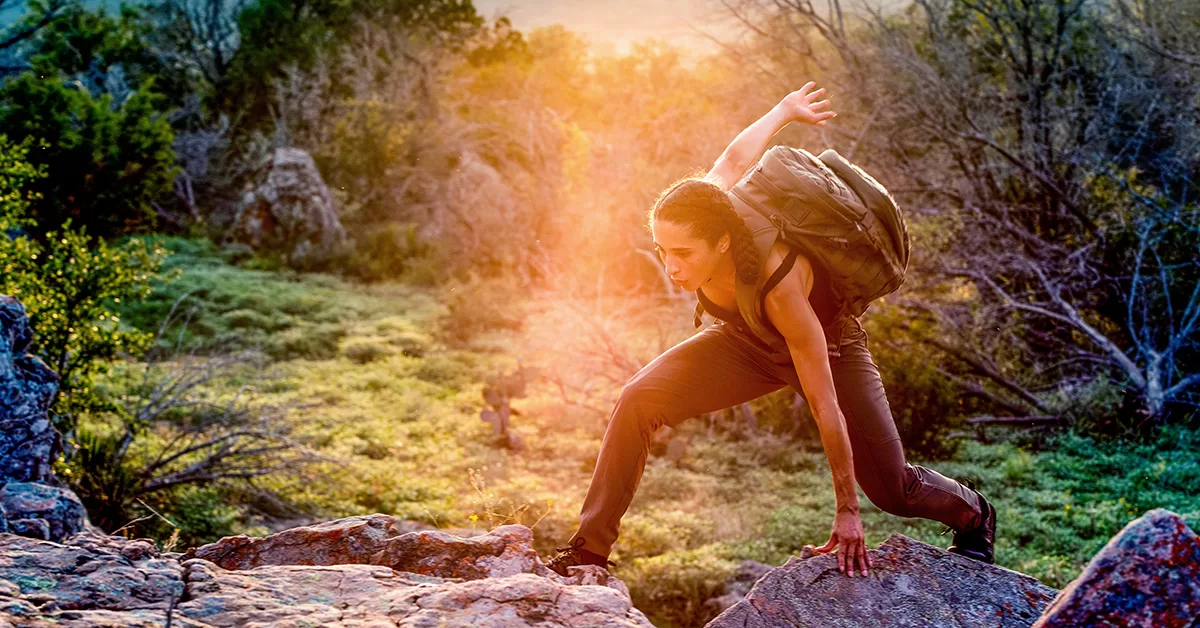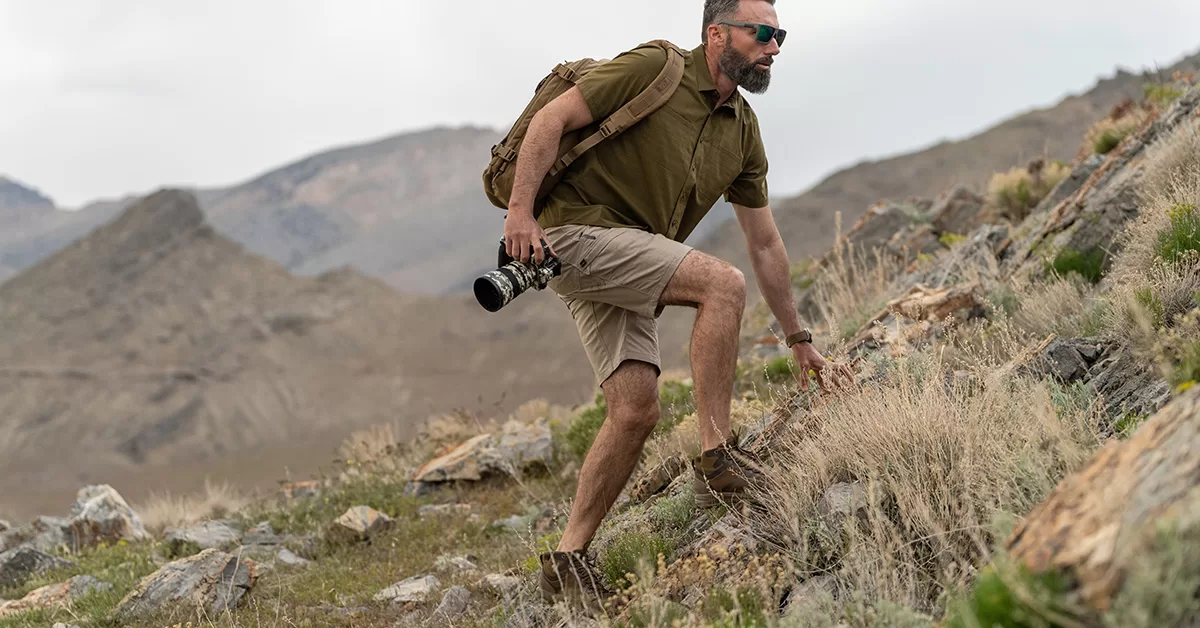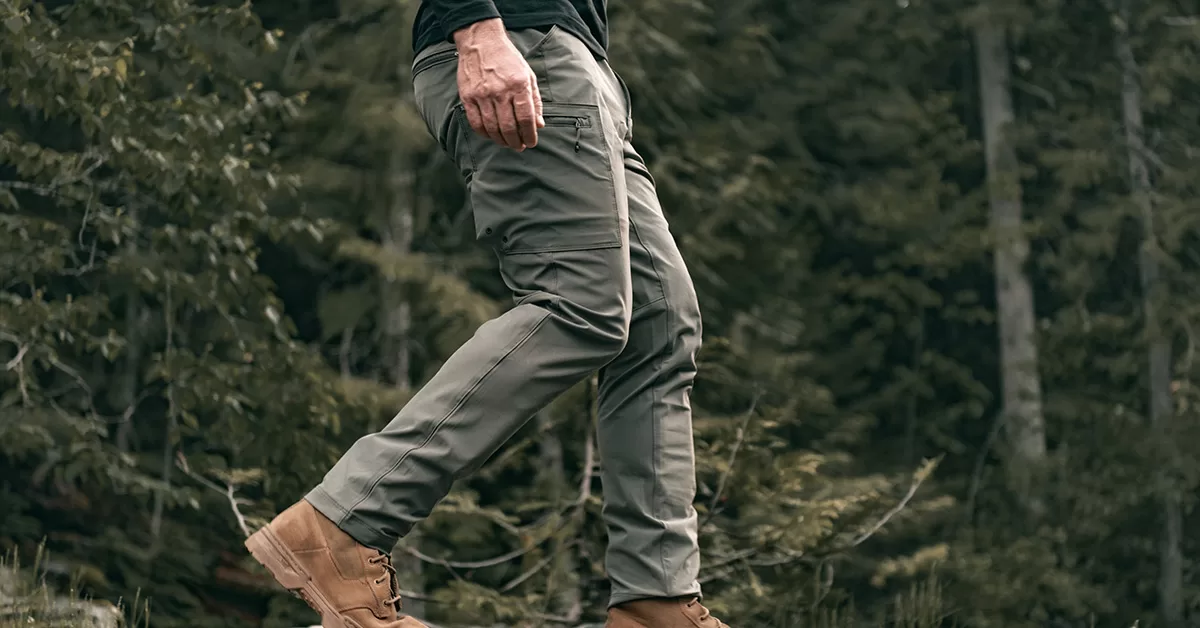Winter Hiking Tips
Winter hiking provides not only a unique set of challenges compared to warm-weather hiking, but also the opportunity to take in incredible snow-covered views. The physical benefits of hiking are numerous, including building strength, balance, and endurance. Then you have the important mental benefits of being outdoors and active. You will notice a boost in mood and a sense of accomplishment.
But the benefits are even more pronounced in the cold-weather, winter months when days are shorter and darker, and more time is spent vegging out in front of the TV watching Deadliest Catch and a Game of Thrones marathon. That is precisely when you need to increase your endorphins and stay active. Winter hiking could be your answer.
A whole new set of challenges and circumstances awaits as you venture off on a winter hike. The daylight hours are significantly shorter, and darkness descends rapidly once the sun sets. Weather elements like freezing temperatures, ice, and snow are a factor in your hike. Navigation capabilities can also change, as snow and ice cover trails and make it more difficult to see where you are going. And it can be easier to become dehydrated in the cold weather, as you tend not to drink enough water on the trails.
However, with a little extra planning and preparation, a winter hike can be fun and relaxing. Follow these tips to make sure your next hike is safe and successful.
The Proper Clothing and Winter Hiking Gear
Unlike camping, we’re not looking to carry a lot of extra gear and supplies. A light load is desirable here but does depend on both the length and course of your proposed hike. So the first question is what to wear while hiking during the winter.
Not only do you want to stay warm, but also dry. Moisture-wicking materials help with both. Chances are that you will sweat while you hike, even in the winter, and the moisture-wicking materials will pull that moisture away from your body and keep you from getting cold. Avoid cotton as this fabric tends to trap and absorb moisture.
Think in terms of layers. Three layers are ideal – a base layer, insulating layer, and a shell. Layers can always be added or subtracted depending on your temperature. For winter hiking pants, consider wearing ski pants or fleece leggings underneath your pants for added warmth when it is cold.
A good pair of hiking boots is a must. You want a pair of waterproof boots, but also consider insulated winter boots which will help keep your feet warm. Wear wool socks not cotton. Again, if your feet sweat, cotton will absorb the moisture and make you cold. Because you may be wearing a heavier pair of socks, make sure your boots fit properly. You may need to go up a half size or a full size.
Another option to consider in terms of footwear is microspikes or snowshoes. These are recommended if you are hiking in especially rugged and difficult terrain, as they offer significantly more traction than normal boots. However, these are not a necessity.
Even if you don’t usually wear a hat, you should while winter hiking. Once the rest of your body is covered, your body heat will look to escape through your head. A winter beanie and/or a balaclava to cover your face work great.
How to Stay Hydrated and Energized – Food and Water
Know that you will burn more calories hiking in the winter than you do other times. This is because it is cold, and your body needs those calories to keep itself warm and functioning properly. It is also easier to get dehydrated. That is why bringing the proper snacks and water is crucial to a safe and successful hike.
High protein snacks like jerky and power bars are a great choice, especially because you can easily consume them while still moving. Remember, if you stop for a long break, your body will get cold, so it is best to continue moving. In fact, it’s not a bad idea to pause and do a few jumping jacks to really get your blood pumping and help stay warm.
Another great snack option is trail mix which usually has a nice combination of protein, fat, and carbohydrates.
You have probably heard the adage that if you feel thirsty, you are already dehydrated. And in cold weather, dehydration can literally be a killer. That’s because it can increase the likelihood of hypothermia. Bottled water is fine, but also consider a thermos that can hold a hot beverage like tea, cider, hot water, and even broth. Remember, do not drink any alcohol while hiking, as this also increases dehydration. Save the adult beverages for a celebratory drink around the fireplace afterwards.
Avoiding Cold-related Injuries and Illnesses
The best way to avoid cold-weather related injuries is by checking the forecast before you go hiking to ensure conditions will not be dangerous. It’s all fun and games until someone loses a toe from frostbite. No one wants that, so if conditions are potentially dangerous, stay home.
Becoming stranded in a storm is another danger. One of the ways to combat this is by leaving your itinerary with someone else. Let them know your planned routes, as well as what time you plan on leaving and returning, and how many people are in your hiking party. That way if something bad does happen, at least there will be someone who can help.
Cold-weather hiking means the potential for cold-weather related injuries or illnesses. The two most well known are hypothermia and frostbite. Others include frostnip, chilblains, and allergic reactions to the cold. Before you embark on a cold-weather adventure, brush up on these injuries, especially hypothermia and frostbite. Know what to look for, how to avoid them, and what steps to take if you think you might be experiencing them. By doing so and taking those initial steps, you could potentially save a life.
Hiking in the winter is one of the most beautiful, relaxing ways to spend a day. It not only promotes enhanced physical benefits, but mental benefits as well. We hope you follow these winter hiking tips so you can leave the boring couch behind and keep enjoying nature’s beauty all year round.





